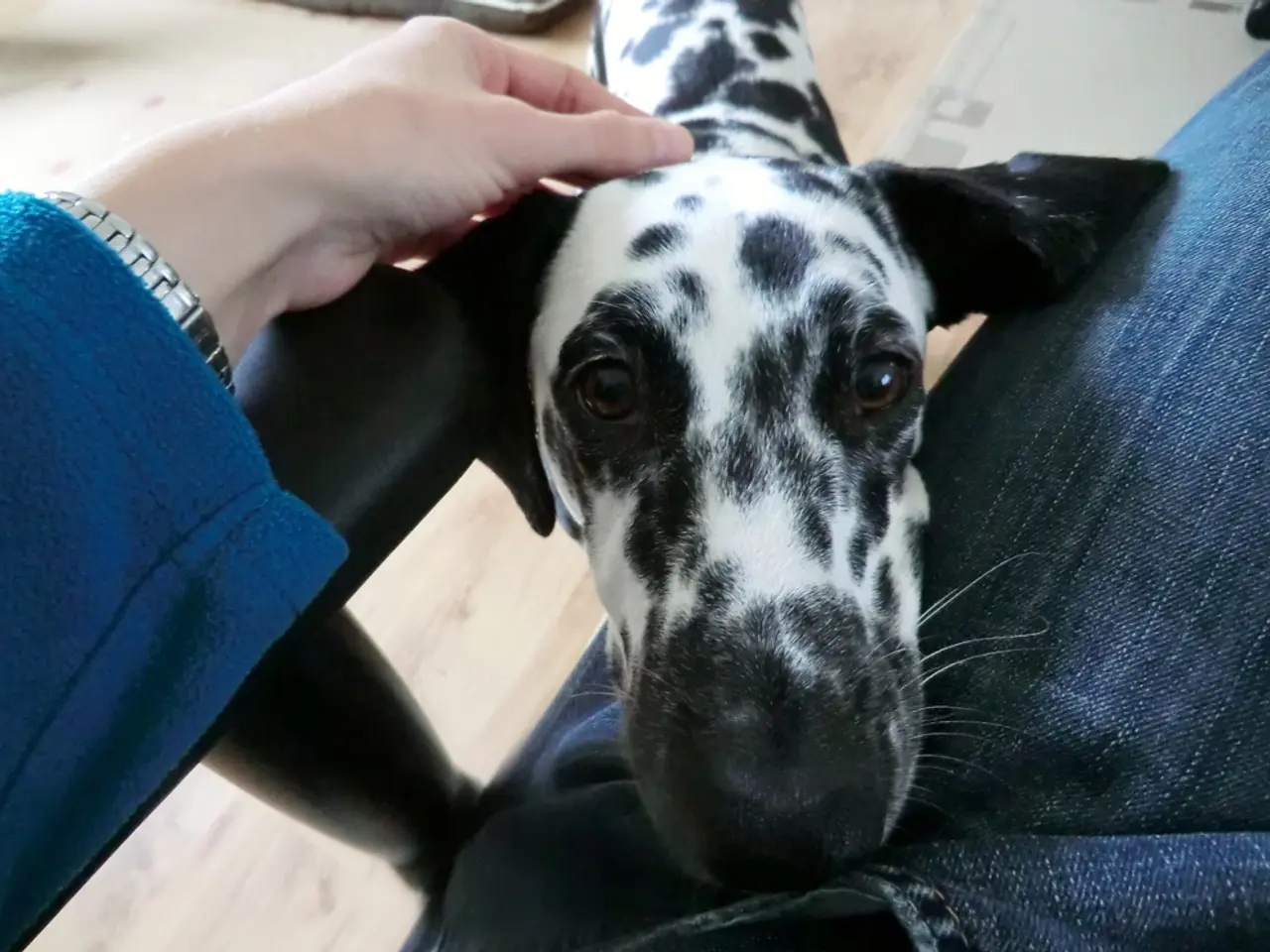Mastering Recall Commands in Dogs: A Comprehensive Guide on Instilling Dependable Responses
Owning a dog is a joy, but dealing with an unreliable recall can be frustrating for both pet and owner. To help improve your dog's recall in various situations, follow a structured training approach that gradually increases distractions while reinforcing positive outcomes.
Starting in Low-Distraction Environments
Begin training in low-distraction environments such as indoors or a quiet yard, ideally with the dog on a leash to ensure control. Use a consistent cue like "come," and teach the dog that responding to it means positive rewards such as treats, praise, or play—not the end of fun activities. Let the dog return to what it was doing after rewarding, so coming to you remains appealing.
Gradually Increasing Distractions and Distance
As your dog becomes more comfortable, gradually increase distractions and distance by moving the training to more challenging locations like the neighborhood, then parks, always using a leash or long line to maintain control and avoid letting the dog out of reach prematurely.
Incorporating Recall Practice During Engaging Activities
Incorporate recall practice during engaging activities, like calling your dog mid-chase while playing with a ball or frisbee, to simulate real-life scenarios and build reliability under excitement.
Using Control Tools and Varying Rewards
Use control tools like long lines, secure muzzles (if needed for safety), and whistle commands to enhance your control and add clarity to the recall command, especially in higher distraction or riskier environments. Offer varying rewards and gradually phase out food treats for responses while consistently giving praise or affection, creating a strong habit without overdependence on food.
Practicing Regularly and Consistently
Practice multiple recall sessions daily with 10–15 recalls each time, maintaining consistency and patience.
Additional Best Practices
Avoid punishment (which can damage trust and worsen recall issues), and engage in recall masterclasses or workshops that progressively build skills through levels, focusing on motivation, distractions, emergency stops, and steadiness.
By following this approach, your dog learns that coming when called is rewarding in many contexts and keeps improving even as distractions increase, ultimately producing a reliable recall under diverse situations. Certified trainers like Christie Catan, Julianna DeWillems, and Amelia Steele recommend this method, emphasizing the importance of patience, treats, toys, and consistent practice.
Read also:
- Emerging populace advocates for a public assembly, referred to as the People's Parliament.
- Explored the latest Focal Diva Mezza Utopia, a $69,000 premium 'lifestyle' speaker; learned about the impact of high-resolution wireless audio technology on sound quality.
- Advantages of Engaging in Outdoor Recreation
- Luxurious Father's Day Gift Ideas for the Elegant Fathers




